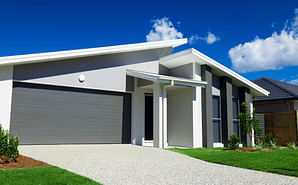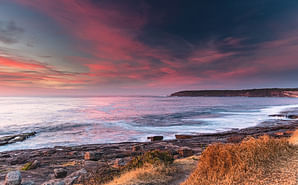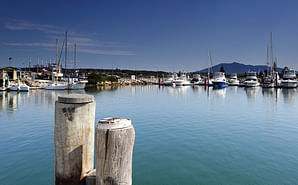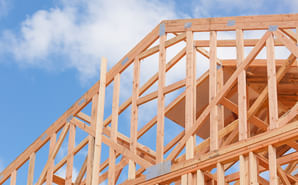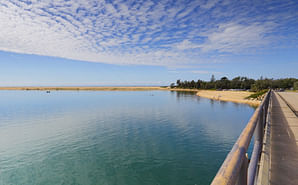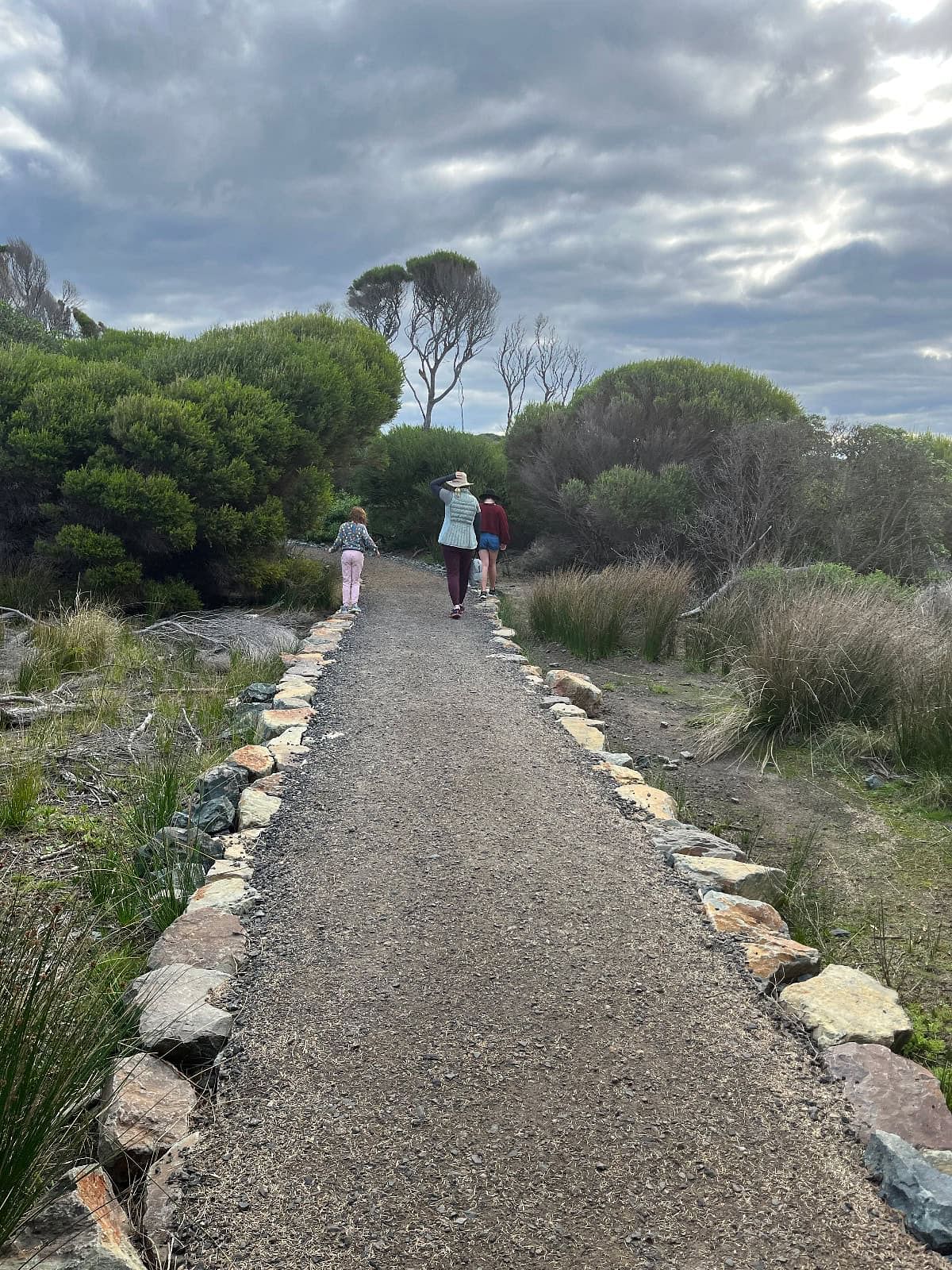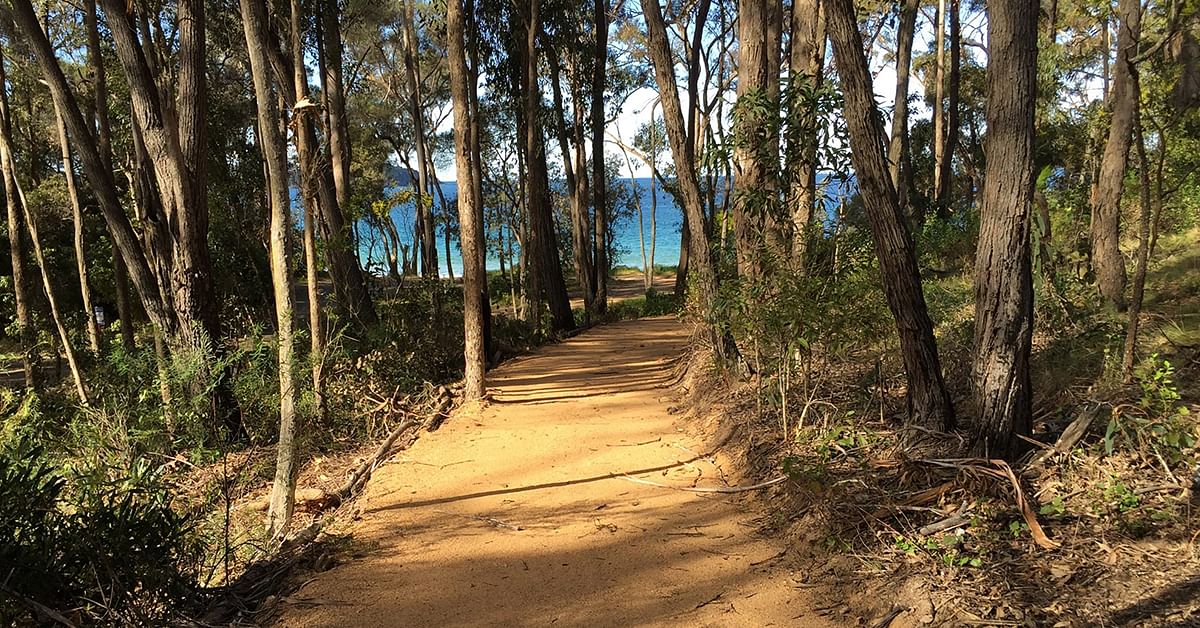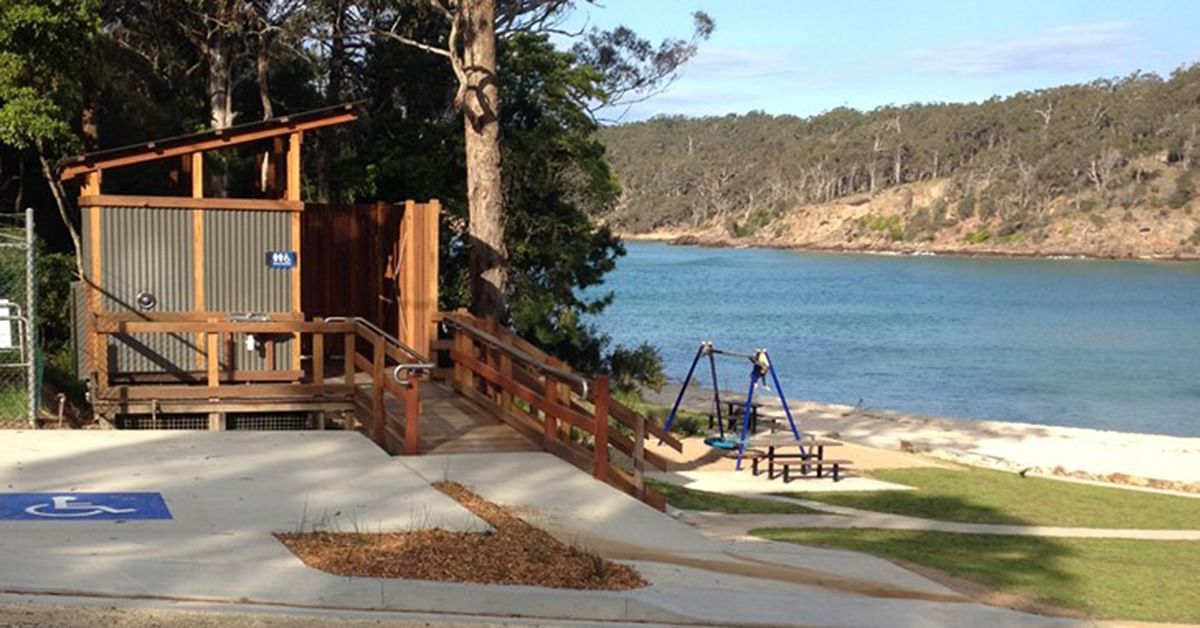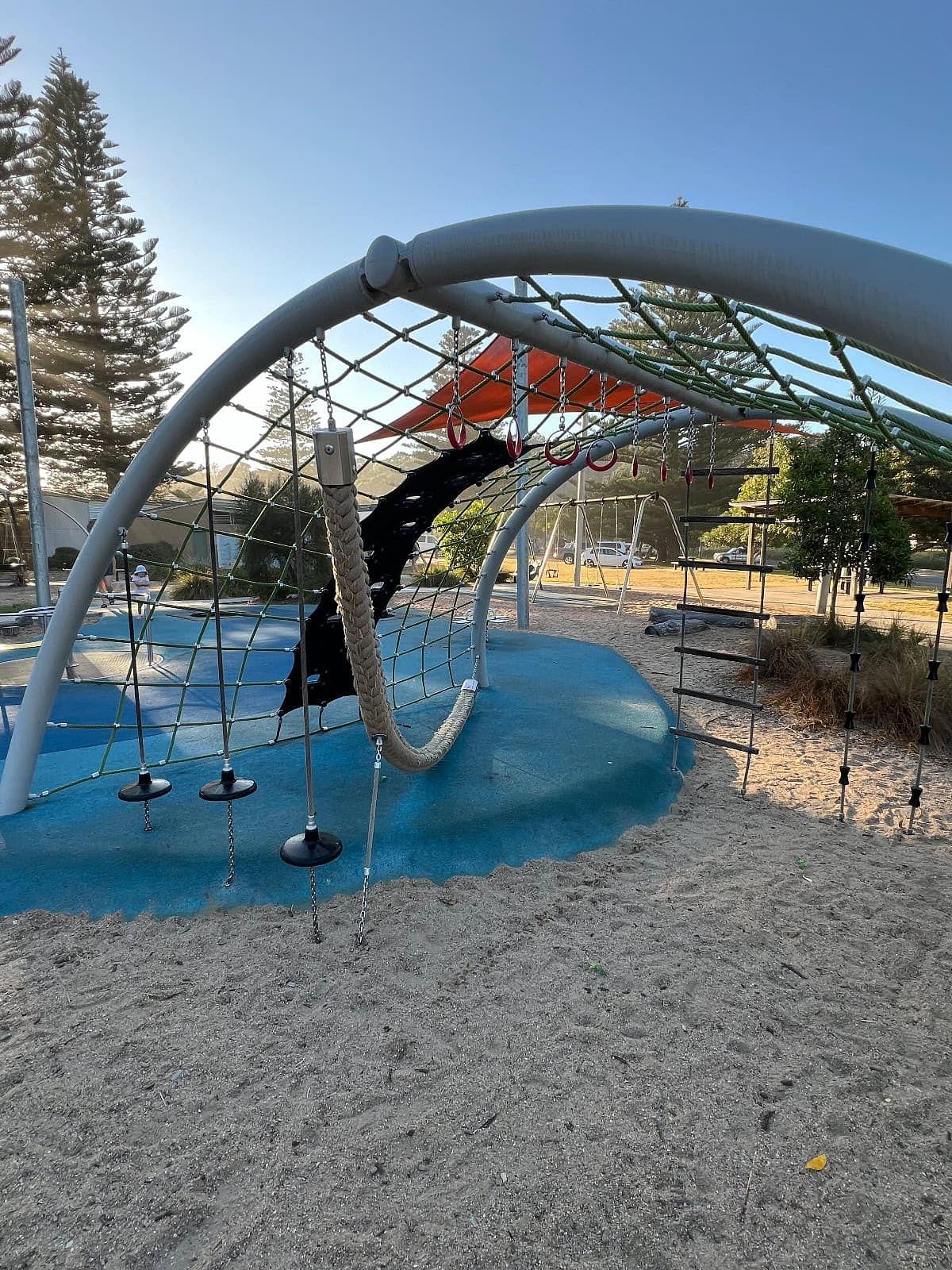Recreation Strategy
This project aims to source information from the community regarding the future asset mix and strategy to guide investment and development in the Parks and Recreation Asset mix.
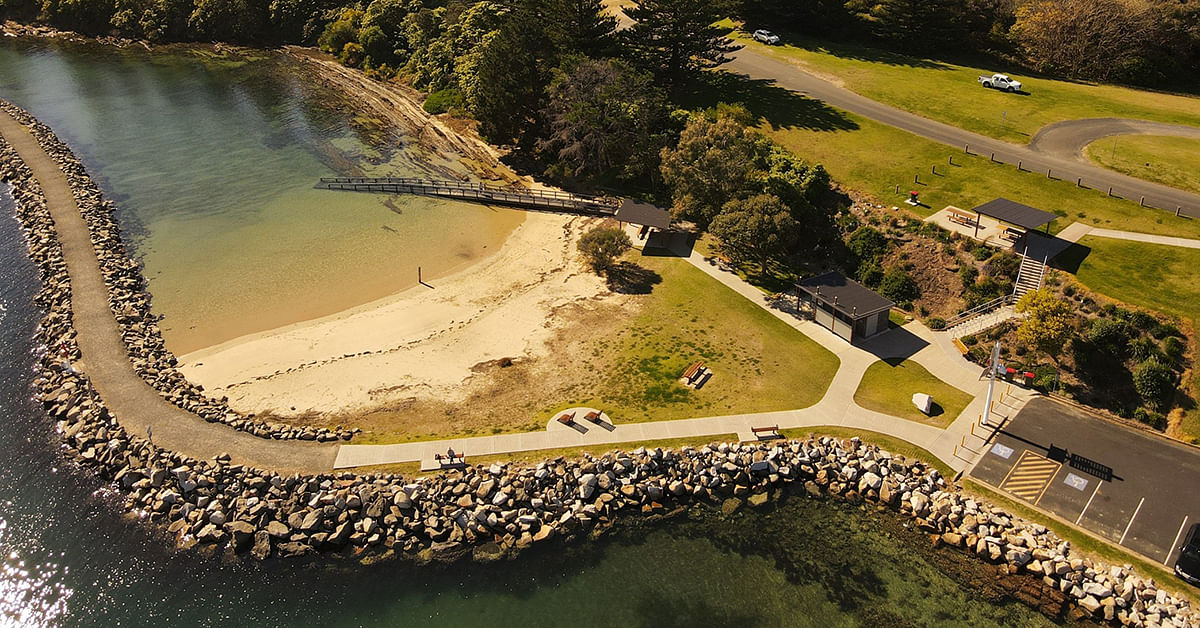
Project Background
Council is developing a strategy to guide the future management, renewal and provision of Council-managed recreational assets.
The strategy will cover sporting facilities, playgrounds and skate parks, parkland and natural reserves, aquatic facilities, and maritime facilities.
Purpose
This project will allow Council to develop a strategy that will guide future investment in our Parks and Recreation assets to ensure that they meet the needs of our community.
Over time the sports and recreation activities community members are engaging in are changing and we need to plan to renew the older assets that are still well used and required, and also develop new assets where needed.
The adopted strategy will guide decision-making around our asset renewal and development within the Parks and Recreation department while considering the resources available to provide and maintain these assets.
Funding
This project is funded by Bega Valley Shire Council.
Connection to Council's Community Strategic Plan
This project aligns with Bega Valley Shire Council Community Strategic Plan through:
- D5.1 - Manage boating infrastructure, sporting grounds, parks and gardens, natural areas and public amenities through development, implementation and review of policies, plans, programs and procedures
-
D5.1.1 Review and improve management systems and procedures that assist in management of recreation facilities (bookings system; memorials in public places; community projects; website information and signage). Management system improvements implemented.
-
D5.1.2 Continue the development of a Bega Valley Shire Recreation Strategy toguide future planning, development and management forrecreation facilities managed by BVSC.BVSC Recreation Strategy projectDevelopment.
-
Information Sources
The BVCSC Recreation Strategy will draw on information from:
- The Community - Through community survey and user group workshops. This will demonstrate where the local community interests and preferences are, which assets types and facilities are most well utilised and if there are gaps in our current provision.
- Asset Management Documents – These demonstrate the current situation and Council’s capacity to manage the asset inventory and also provide information on our regional, district and local asset mix.
- Demographic Information – This provides information about the current and forecast ages of our population and where we live across the Shire.
- Industry Recreation Data – This helps us look at broader industry trends and how the Bega Valley community relates to state and national data and studies.
- State and Federal Government Recreation Planning – Linking and aligning to state and federal strategies is useful for combining resources to deliver positive outcomes for our shire.
- Industry Asset Provision Data – This helps us look at how other local government areas manage recreation assets and what may guide or informing asset provision in those communities.
Considering and balancing information from all these sources will help to develop a Recreation Strategy that will help guide provision and management of recreation assets that enable people to enjoy the environment we live in and contribute to community health and wellbeing.
Related documents
- Recreation Strategy Consultation Listening Report
- Community Strategic Plan
- Operational Plan
- Strategic Asset Management Plan 2022-25 - June 2023 update
- Parks Aquatic and Recreation Policy - To view the policy visit Public Policies and search for the term 'parks aquatic or 1.08'.
- Australian Sport: Clearing House for Sport - The Value and Benefits of Sport
- Australian Government - Why Sport Matters
- WA Gov - More People Active Outdoors
- NSW Government - South East & Tablelands Sport Active Recreation Plan 2018 - 2023
- Australian Government - The value of Community Sport and Infrastructure - KPMG 2018
Who to talk to
Sam Stevenson
Project Manger
Bega Valley Shire Council
Phone: 0403 897 415
Email: sstevenson@begavalley.nsw.gov.au
Timeline of works
-
Step 1
Community consultaton and analysis - June to November 2024
-
Step 2
Development of Draft Strategy - January to April 2025
-
Step 3
Exhibition of Draft Strategy - June 2025
-
Step 4
Adoption and implementation - October 2025
Frequently Asked Questions
The feedback from both the survey and the community workshops will inform the decision making around how Council plans and prioritises upgrades, maintenance and management of recreational assets for the next 20 years.
All feedback will be considered with other information from the State Government and industries relating to sports and recreation activity trends, and asset management best practice.
An asset hierarchy is like a filing system for organising information about Council-managed assets such as buildings, equipment, or infrastructure.
Here’s how it works:
Service Level Hierarchy: A level of service is allocated to each facility. The cost of a regional facility is higher however the level of service that it gives is also much more. Getting this balance right is the key to good provision of assets.
Council divides assets into three levels: Regional (big picture), District (servicing towns and surrounds), and Local (neighbourhood sites).

| Hierarchy | Function / Service | Key Performance Measure |
|---|---|---|
| Regional |
|
|
| District |
|
|
| Local |
|
|
Social
- Recreation facilities and activities encourage social interaction. Recreation facilities and spaces help us form all sorts of clubs and groups that help us engage, connect and participate in common interests.
- Recreation provides opportunities to build social connections and form friendships. Being part of a club or team fosters a sense of belonging and positive role models.
- Recreation provides opportunities for volunteering which further helps create friendships, a sense of belonging, satisfaction and contribution to our communities.
Health
- Preventive Health – If we can stay healthy and active we are less likely to need reactive health care, which means less pressure on our doctors and nurses (and less medical bills for us individually).
- Physical Health – If we participate in regular moderate physical activity, we enjoy many health benefits ranging from simply getting a good nights sleep, to better strength, flexibility and balance, and to reducing risk of life threatening illness such as heart disease and stroke.
- Recovery From Injury and Illness – Recreation facilities often play a vital role in helping people recover from serious injury and illness.
- Mental Health – Recreation facilities provide spaces and reasons to meat as groups or spaces for individual use and reflection. Facilities encourage social interaction, can increase personal confidence and self-awareness, can help reduce feelings of depression and anxiety, and simply improve quality of life.
Economic
- Many people are employed in recreation based industries. Construction, maintenance and management, and facilitating use and participation.
- Tourism – Good facilities help enable people make the most of the wonderful place we live in. They improve visitor experience, create good memory’s and are very important in people visiting and returning to the Sapphire Coast.
- Events – Recreation facilities are often used for events that attract people to the region. These can range from fishing competitions to music festivals and sporting events and carnivals.
- Improved productivity – Healthy and happy people are more productive in the workplace and are absent less often.
No decision is being made on any asset at this moment as we are gathering the community’s views around what assets they use and what they would like to see in the future, to guide our decision making.
We generally divide our assets in this department into 6 sections.
We generally divide our assets into 6 sections listed below:
- Sporting Facilities
25 ovals, 65 courts, 30 buildings, + associated assets
- Playgrounds and Skate Parks
43 Playgrounds; 9 Skate Parks
- Parkland Reserves
83 reserves; multiple asset types
- Natural Reserves
30 reserves; multiple asset types
- Aquatic Facilities
13 pools & features and associated buildings and assets over 7 sites
- Marine Recreation Facilities
22 boat ramps and associated assets over 10 sites; water access structures and platforms.
News and Updates

